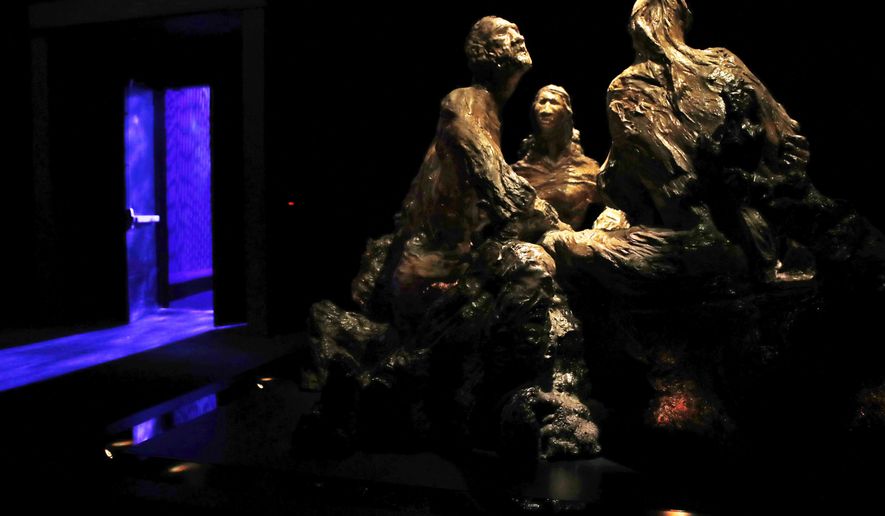Is it appropriate to have a Bible museum just 2 blocks from the National Mall?
Absolutely.
In this era of social fragmentation, when more and more of us live in silos, exposed only to information that confirms our particular outlook, when we watch, read and interact only with ideas and people in our particular “tribe”, it is more important than ever to highlight the larger culture we share and the literature on which our common values are based.
As recently as the 1960s, even those who were not familiar with the great books of Western culture were watching the same television broadcasts as those who were more educated. Television became the transmitter of common mass culture; common news, common entertainment, common values and their absence. At the same time, schools and universities were rethinking curricula, veering away from traditional history and philosophy – the dead white men – toward more inclusion. Many great and important writers were finally acknowledged during these changes, as important classics dropped in priority. Something was lost, and something gained.
Everyone who has ever visited Philadelphia has seen the famous Liberty Bell. But how many know that its stirring quote, “Proclaim Liberty Throughout The Land,” is not taken from the Declaration of Independence, but from the Hebrew Bible (Leviticus 25:10)? A visitor to Washington, D.C., who strolls around its monuments, is inspired by Biblical quotations at every turn: on the Lincoln and Jefferson memorials and in the Library of Congress (one of my own favorites, “What doth the Lord require of thee, but to do justly, and to love mercy, and to walk humbly with thy God.” Micah 6:8).
A museum of the Bible serves not only to educate American visitors about their own heritage. Since the Bible is a Middle Eastern product, the museum also provides visitors with a corrective to powerful international propaganda regarding the Middle East (specifically, the false and distorted narrative promoted by UNESCO). By celebrating the Bible’s Middle Eastern Jewish origins, and Judaism as the parent of Christianity and Islam, the museum documents the Jewish people’s ancient presence in – and deep attachment to - Israel.
Naturally, the museum has come under criticism. Some have said that controversies in biblical scholarship are not fully represented. That is a limitation found in most museums. Writing about dinosaur displays in museums of natural history, Malcolm Browne of the New York Times once wrote, the “profession of vertebrate paleontology has sometimes seemed more like a debating society than a branch of science… yet most museums of natural history provide only simple labels with few references to these controversies.” What is true for paleontology is no less true for the study of religion. Nevertheless, the Museum of the Bible has taken care to consult with its diverse team of religious scholars in its mission to present the Bible’s history, narrative and impact.
Critics have noted some deficiencies that the museum can rectify in the future. These include the questionable authenticity of some of its artifacts, and insufficient recognition of the Bible’s influence on some other religions, such as Islam, Eastern Orthodoxy and Mormonism. Neither of these is a fatal flaw.
E pluribus unum – out of the many one –the American motto has new meaning in today’s diverse, contentious society. The Bible museum is a bold reminder that beneath our differences we are all influenced by a shared deep culture. Familiarity with and respect for the heroes and values of foundational texts is glue that helps holds a society together.
So is it appropriate to have a Museum of the Bible close to the National Mall? You bet it is.




Please read our comment policy before commenting.